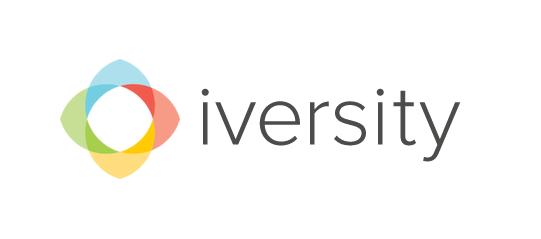

Evaluating career coherence
This Peer Assignment, will help you evaluate the "coherence" of your career. By coherence we mean the harmony between your chosen occupation(s), personal attributes and preferences, and career aims.
This assignment is intended to be commented by your peers so that you will be able gain feedback on your entries. Please appreciate the effort of your peers by giving structured, useful feedback.
Please respond to the following tasks:
Task 1: In 1-2 sentences, please describe your career so far. What degree have you gained; and what professional experience do you have?
- What is your career path type? (technical, project, leadership or entrepreneurial)
Task 2: In 1-2 sentences, please describe what tasks, events or subjects you have most enjoyed in your past work and studies, and why.
Task 3: From the following list of career aims, select the 2-3 most important to you:
- Maintain job stability and security to plan ahead
- Satisfy family expectations
- Quickly assume new responsibilities and earn a high salary
- Become independent and realise your unique lifestyle
- Grow your expertise and capabilities, earn respect
- Realise your passion, work for a sense of purpose
- Use your creativity and express yourself
Task 4: Imagine that you have decided to seek a new job. Having applied, an employer has invited you to a job interview.
a) Please describe the job you would have applied to.
b) The interviewer asks what your three most important personal strengths for that job are. What will you answer?
c) In which ways would you like to grow and develop in your new job?
d) How likely is this position to involve tasks or events that you named under task 2?
e) How likely is this position to allow you achieve the aims you selected in task 3?
GERMANY
The year is 2003. Unemployment in Germany has hit 4.5 million, a rate of 10.5 percent. The federal employment agency (Bundesagentur für Arbeit, or BA), Germany’s largest government agency, with more than 90,000 employees at that time, stands accused of doing little more than tallying this figure. It is perceived as a bureaucratic monstrosity, so inefficient that it struggles to survive on the budget provided by taxpayers’ unemployment insurance premiums. It is seen as a black hole, completely dependent on government handouts.
To deal with the situation, the Social Democrat–Green Party coalition government, led by Chancellor Gerhard Schröder, passes the “Hartz laws,”1 initiating what may be the most substantial labor-market overhaul ever undertaken in Germany. “Challenge and encourage” is the motto under which job seekers—including welfare recipients, who had previously been invisible in unemployment statistics—will be mobilized, using all of the measures at the government’s disposal. The goal is to integrate customers into the workforce faster and in a more targeted way, shortening the duration of unemployment and accelerating the hiring process. More intensive mobilization measures, along with work incentives and entitlement cuts, are designed to encourage the unemployed to reenter the workforce.
